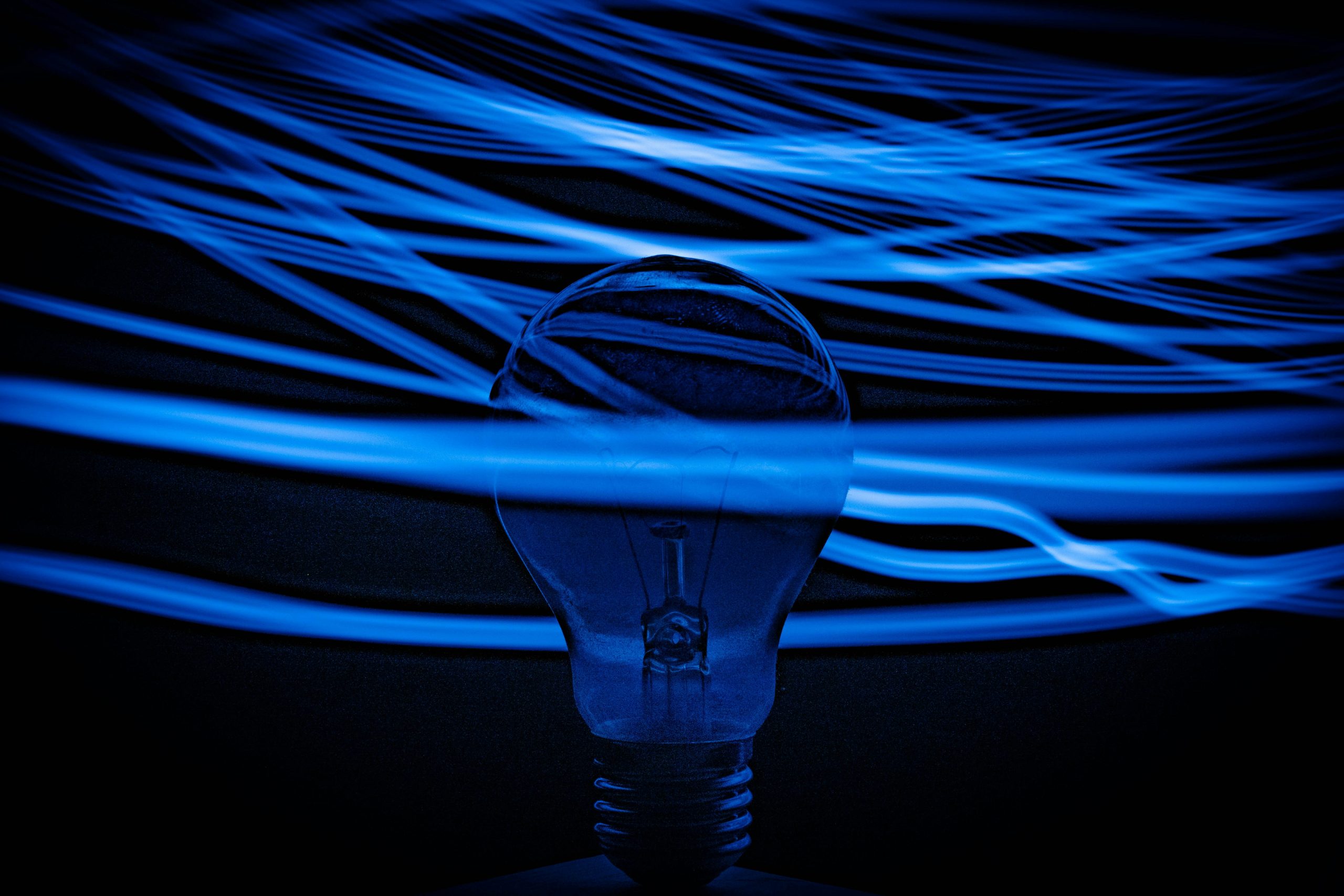
Technology becomes key to the real estate business
Building structures have evolved according to the needs that human beings have created for themselves. They have been more or less sophisticated, depending on the technologies available at the time and the purchasing power of people to include them in their living spaces.
Today we are experiencing a process of transformation caused by a pandemic that has generated drastic changes in the way we live and use our spaces, especially our homes. Now, we spend much more time in our homes. In principle, to keep us safe from COVID-19. But when this virus stops being so harmful and lethal, habits that we have discovered and adopted will remain.
These habits have caused an acceleration of the trend, which already existed, towards sustainable architecture, which guarantees the efficiency of the building’s operation while respecting the planet and people. In it, the incorporation of technology into construction has multiplied its importance, also for the inclusion of others whose use within the spaces allows to offer greater well-being to the tenants.
In the midst of this panorama, the WELL Building Institute, an institution that is responsible for creating and certifying spaces that promote health and well-being for humans, is working on developing a type of infrastructure that supports and promotes the combination of comfort and health. , without excluding the concept of sustainability and adaptive functionalities for its occupants. For this, they have selected seven basic aspects that must be considered when designing and building a home: air, water, electricity, nutrition, physical condition, comfort and mind.
To align with these axes, designers and builders incorporate, for example, solutions aimed at reducing CO2 emissions that occur in homes. Part of this trend is the use of solar panels, the incorporation of water saving systems, the design of waste treatment systems, the installation of windows to make the most of natural light and the use of construction materials. such as vegetable fibers, bioplastics or even self-healing bacteria-based ones.
Each of these aspects is associated with technology to create more advanced and comfortable homes. Our home is no longer just a physical construction where we protect ourselves from external factors, mostly at night. Now it is the place where we spend most of our time. And, when the pandemic is over, we will also spend a lot of time on it, which forces us to have to adapt it to harmonize three fundamental axes of life: work, leisure and family.
And now comes the other part of the technology incorporated into the construction. These three axes are increasingly related to the use of technology, to the point that now homes are becoming more intelligent and have the ability to even learn and adapt to the behavior of their users. The design is optimized according to the functionalities of home devices that are connected to the Internet, such as lighting, security cameras, kitchen appliances, either remotely or directly on the system.
This transformation of the real estate industry implies a change in the conditions and models of investment, and of buying and selling. The generation of new homes is dependent on demand, and potential buyers are currently facing reduced liquidity. Therefore, it will be important for investors to develop new business models taking into account their materialization in a medium-long term time horizon.



